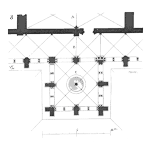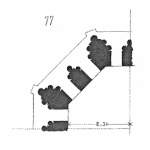
Guest post by Ken Latino.
There are many opinions about the use of the breakdown flag in SAP-PM. I would like to offer my opinion on this debate. First, I do not like the term “breakdown”. With a name like breakdown, nobody will want to check the box! No one likes to admit that a something has failed or is broken. I wish the field were named “reliability event” to take away this negative connotation. I will discuss this in more detail later.
[Read more…]













 Ask a question or send along a comment.
Please login to view and use the contact form.
Ask a question or send along a comment.
Please login to view and use the contact form.